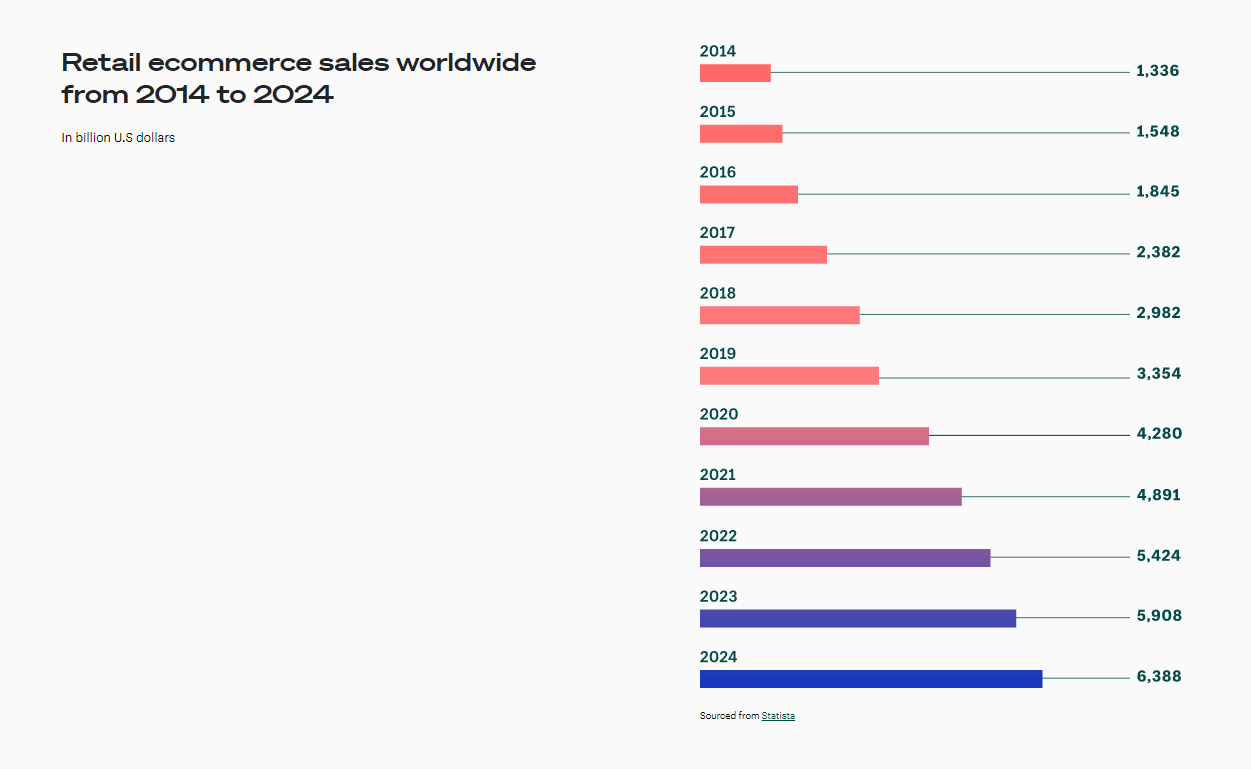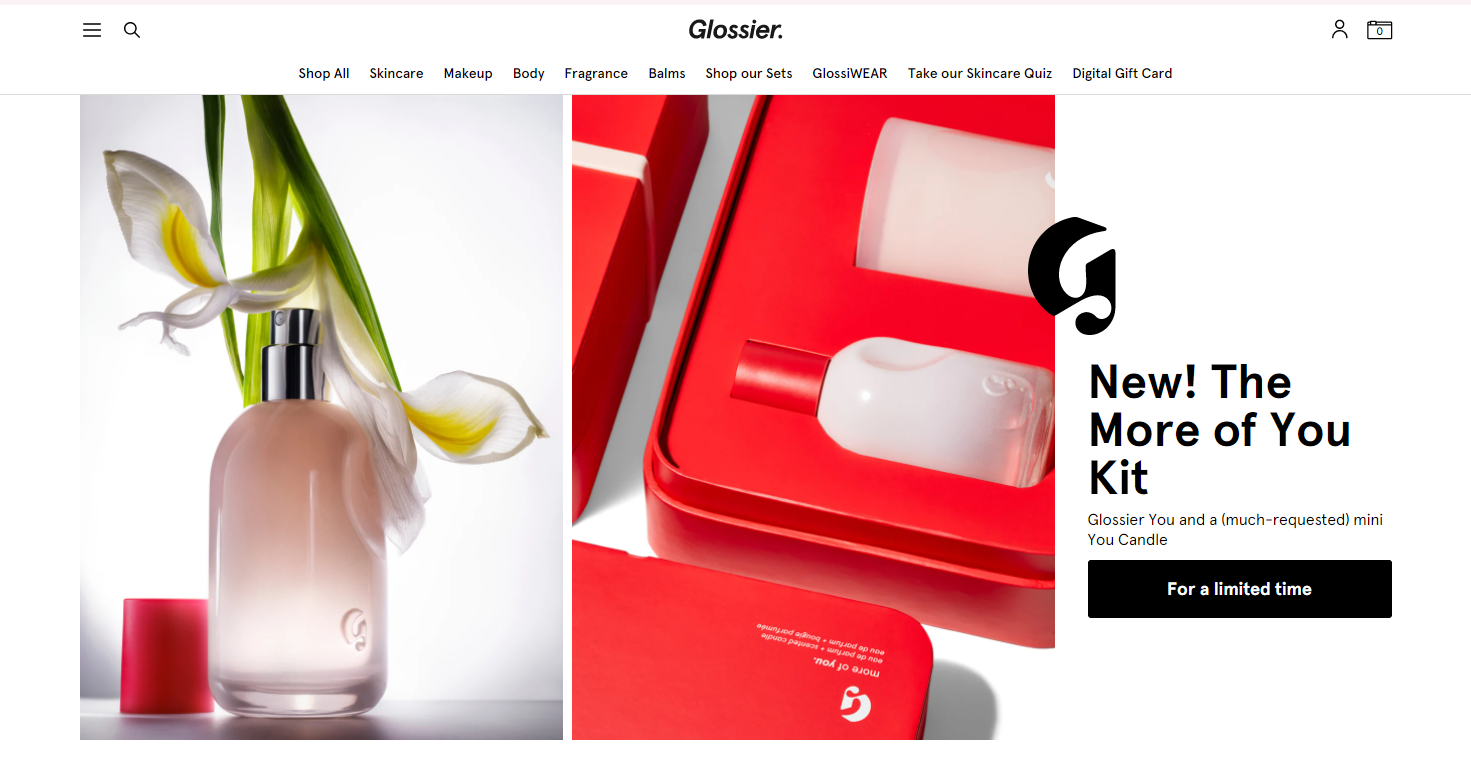Written by
Andressa is a Content Marketer passionate about art and technology. She is curious, ambitious, creative, and motivated to learn new skills. She wants to write good stories that inspire businesses and also people. When she's not writing, she loves to travel and discover cultures from around the world.
See all articles →






















